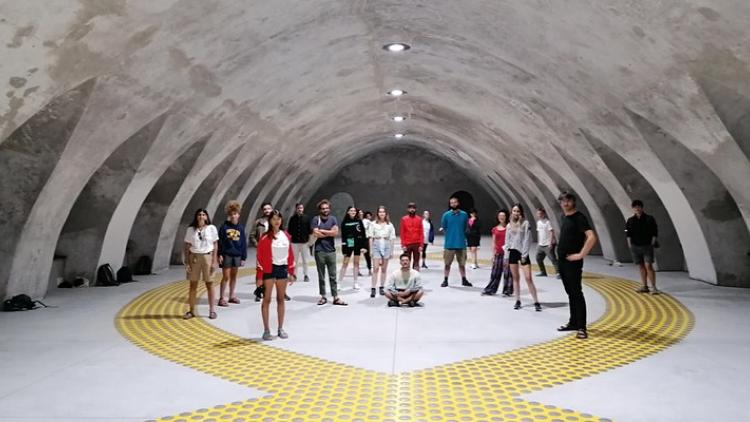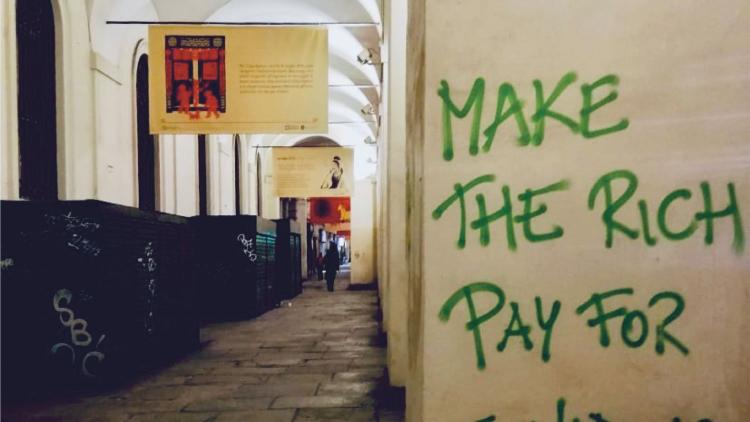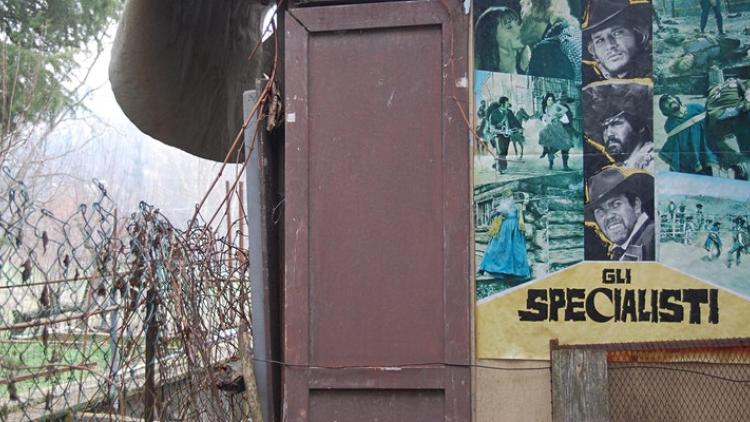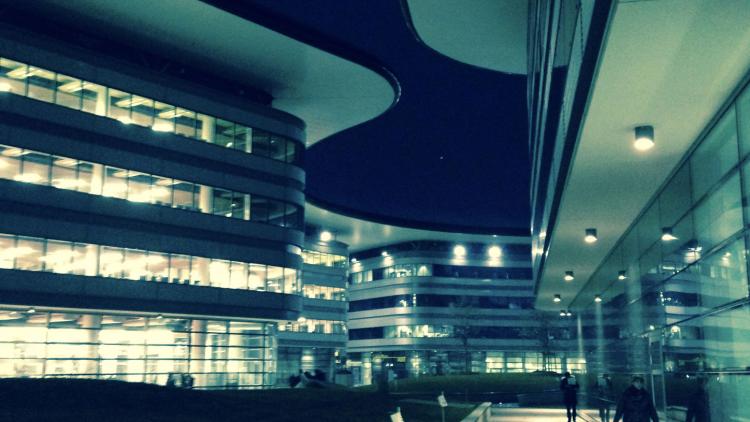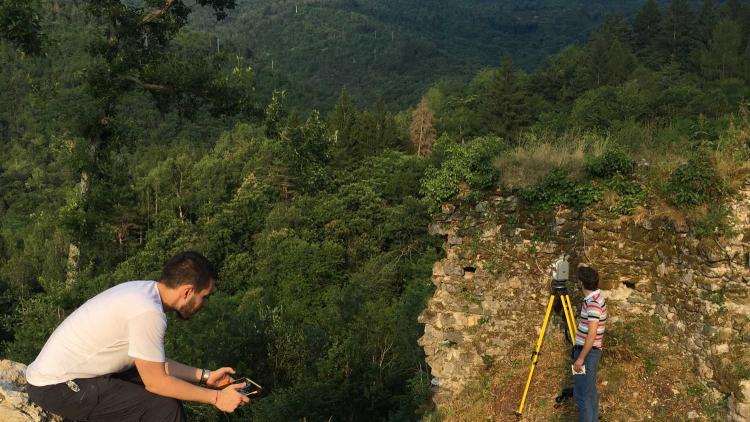Natural building materials. Smaller environmental impact, greater opportunities for sustainable construction.
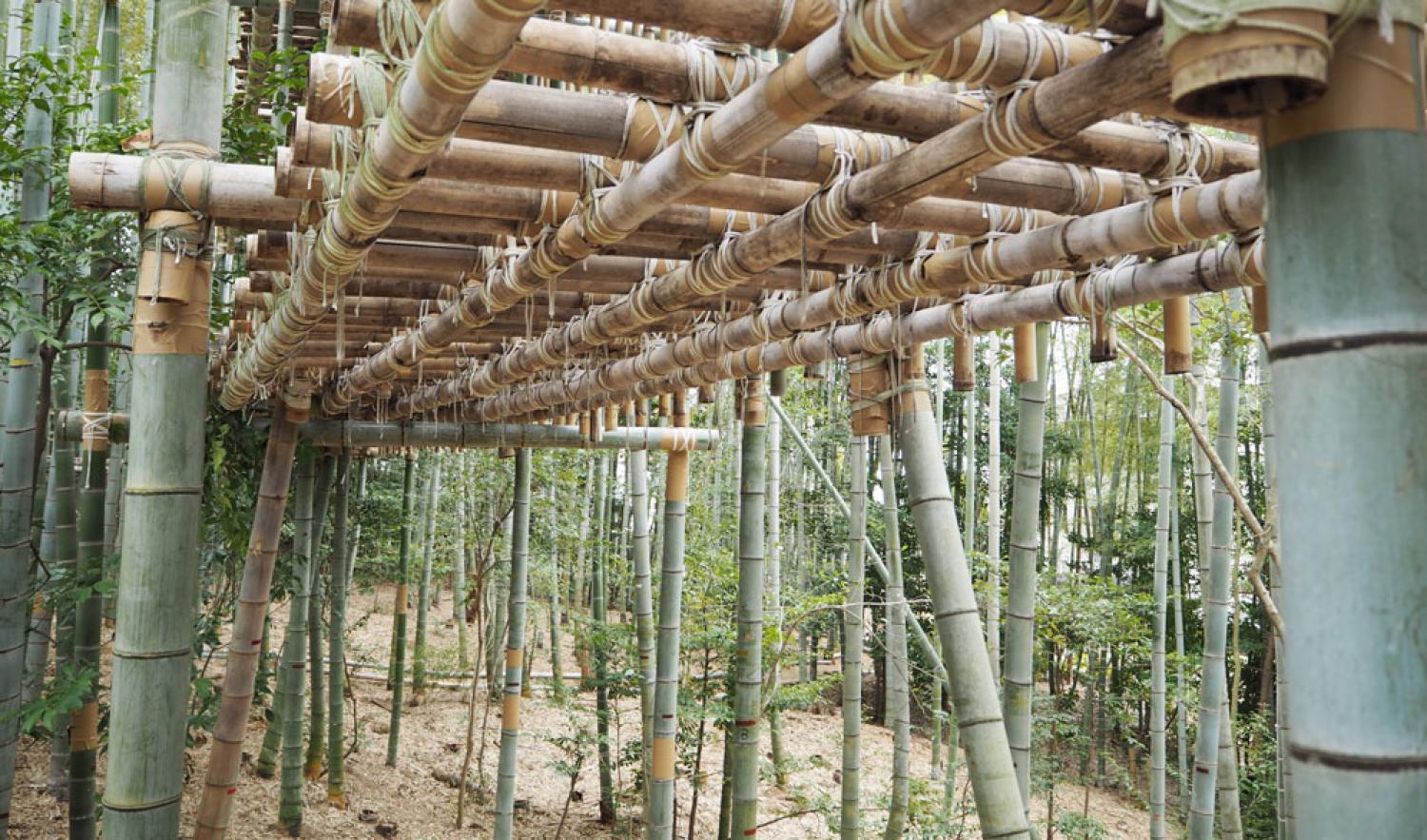
This event is in English.
You can follow the meeting by booking with Eventbrite (button below). The meeting will later be available online on the DIST department's YouTube page.
Natural building materials are somewhat fashionable these days but are often used to veneer otherwise conventional buildings to make them look "greener", or even to compensate the greenhouse gases emissions of high-impact materials thanks to their negative embodied CO2. Against such shallow and sometimes dishonest behaviours, a much more radical approach needs to be taken.
One first relevant point is that we don’t actually know much about natural building materials as such, that is, in their untransformed state. A die-hard prejudice exists, that postulates that materials need to be transformed or improved (e.g. by engineering them) in order to obtain acceptable performances, for instance in terms of reliability, durability. A better understanding of the natural materials available, and a knowledge of how to maximise the results that can be obtained from their properties, are much needed. Often these materials are not covered by standards, and when they are, their characteristics are underestimated or only partially recognised; they do not function as predictably as industrial materials.
Organically grown, little processed materials of natural origin should attain brilliant assessments in terms of environmental impacts, but again, they are seldom covered by LCA databases, which tend to provide values for conventional manufacturing. Sometimes the values are dazzling: for instance, in ÖkoBauDat (ÖBD) the embodied energy (EE) value for straw is seventy times higher than that found in the Inventory of Carbon and Energy. In ÖBD, the EE value for straw is higher than that of structural steel and more than three times higher than that of fired, solid bricks, whose production must require much more energy.
Materials of natural origin are not dangerous to inhabitants and other living organisms, provided no toxic chemicals are added. Preservatives and other chemicals encourage inhabitants to behave irresponsibly and architects to make bad design choices. The addition of substances such as glues and paints makes plant-based materials special waste, which cannot even be burnt at the end of their use life. In contrast, careful selection and processing of raw materials, competent design and maintenance, and frequent replacement of parts can produce very durable buildings. Food labels must state the ingredients, but it is not compulsory to state what is in building products, despite the health risks they may pose, e.g. to indoor air quality.
The two guest lecturers will focus on some of the options offered to environment-committed designers and builders by some natural materials. Their research and design experience shows, among other things, that the use of low-energy building products can be maximised and the use of energy-intensive products can be minimised, without diminishing the living quality of buildings.
Andrea Bocco, Ph.D., is Professor of Architectural Technology at DIST, Politecnico di Torino. He teaches Appropriate technology and low-tech architecture. His publications deal with, among other topics, the analysis of the built environment and contemporary architecture, focussing on low tech and appropriate technologies; construction with natural, low-impact materials; and the assessment of the environmental impact of buildings and human behaviour associated with them. His main publications include: Werner Schmidt, Architekt. Ökologie, Handwerk, Erfindung, Ambra Verlag, 2013; The Environmental Impact of Sieben Linden Ecovillage, Routledge, 2019 (with Martina Gerace, Susanna Pollini); Vegetarian Architecture. Case studies on building and nature, Jovis, 2020.
Toki Hirokazu is a structural engineer and professor at Shiga Prefectural University. He was the first person in Japan to obtain a PhD in environmental science. He experimented with unconventional structural solutions in different materials, including a three-dimensional spatial grid made of thin wooden profiles and a joint joining metal plates by means of thermal expansion. Since 2011, he has been focussing his research on bamboo structures: Bamboo Ark, 2011 (a remarkable emergency pavilion built in response to the Tōhoku earthquake and tsunami); Bodaiji Bamboo Park, 2013- (an ever-evolving, in progress work developed with the local community); Oita airport new terminal competition entry, 2018 (grid-shell of engineered bamboo, 2nd prize).
Franz Volhard is a partner in the associated firm Schauer+Volhard in Darmstadt. Since 1980 he has designed and built numerous buildings in "light earth". He has contributed to the revival of traditional building techniques in Germany, also reinterpreting them with industrial products. In 1983 he published Leichtlehmbau. Alter Baustoff - neue Technik, in which he systematically examined light earth construction techniques in order to promote their use and regulation. Continually enriched and updated in subsequent editions, the book was probably the first modern treatise on earthen construction in Europe. Volhard is the main author of the Earth Construction Standard, published in 1998 and adopted by almost all German states.
This event is in English.
You can follow the meeting by booking with Eventbrite (button below). The meeting will later be available online on the DIST department's YouTube page.



